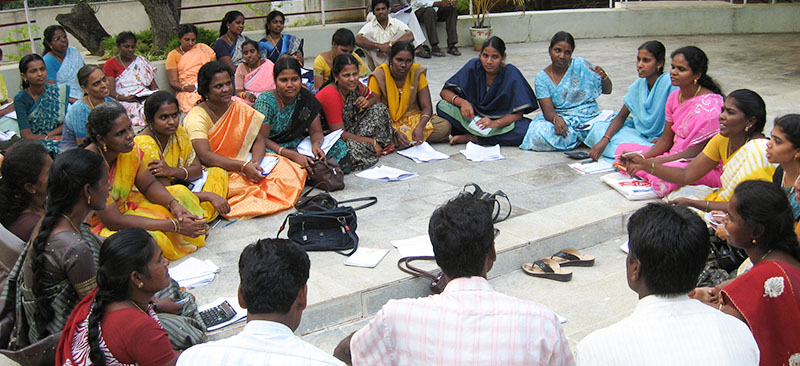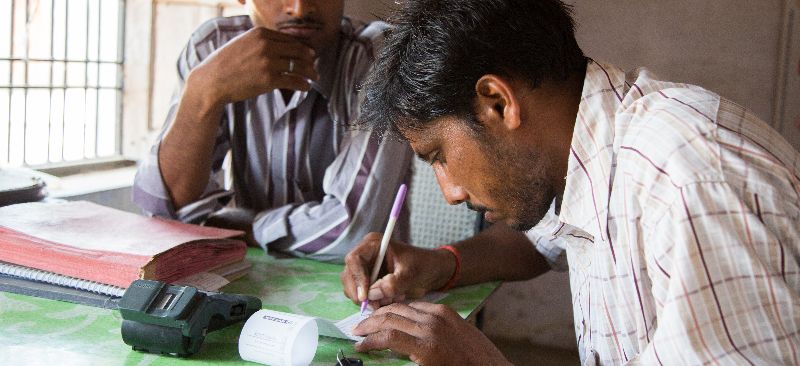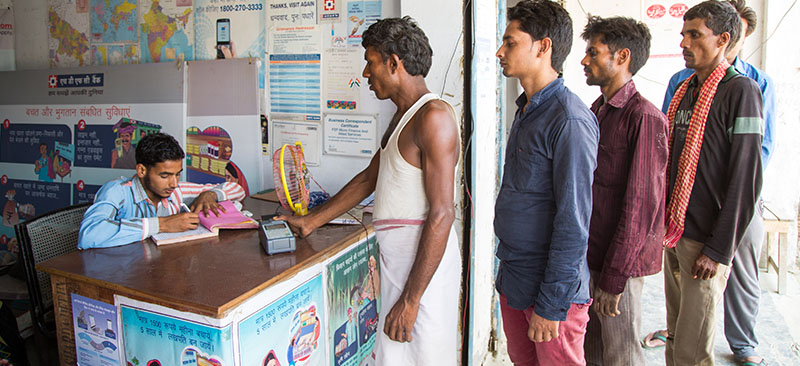One of the chronic issues with most of the mobile banking implementations has been to create a compelling business case for the agents/ retailers. This is possible only when the agents have significant volume of transactions and offer a suite of products through their outlet. Piyush Gupta, Vice President — Business Development at Eko discusses the parameters basis which such a product suite could be put together.


